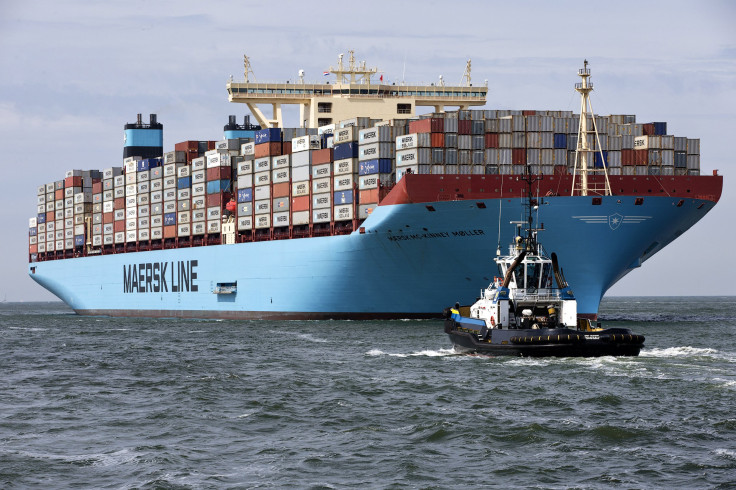Siemens Chairman Foresees Supply Chain Logjams Through Summer 2022

The head of the largest container shipping company in the world expects supply chain issues to persist through summer 2022.
Jim Snabe, chairman of German conglomerate Siemens and Danish shipping firm Maersk, told CNBC on Tuesday that the scarcity of truck drivers to transport goods from ports, to stores, and eventually to consumers, will likely mean logjams continue through the middle of 2022.
Munich-based Siemens AG is the largest industrial manufacturing company in Europe with branch offices abroad, while international container shipping company Maersk is the largest operating subsidiary of the Maersk Group, a Danish business conglomerate.
Snabe said pain from the supply chain chaos is currently being felt most along the West Coast.
“Right now, we have congestion primarily in the West Coast of the U.S. where the ports are full of containers,” Snabe said told CNBC.
Snabe said that Maersk had 84 vessels wait for an average of 18 days in front of ports. He added that the stalled containers take capacity out of the shipping industry because they are lying idle, creating disruption throughout the supply chain.
Snabe said while demand for physical products has spiked significantly since the middle of 2020, consumer dollars being spent on services has gone down.
A contributing factor was more people working remotely and investing in their homes.
“The trade of goods has actually gone up, not down,” Snabe said in the interview. “You have higher demand and lower capacity, not because we don’t have enough vessels, but because they are not sailing because of congestion.”
As far as light at the end of the tunnel, Snabe said a balance has to be achieved between increasing demand and lower capacity.
“We think this will happen somewhere mid-next year, but maybe not before,” Snabe said.






